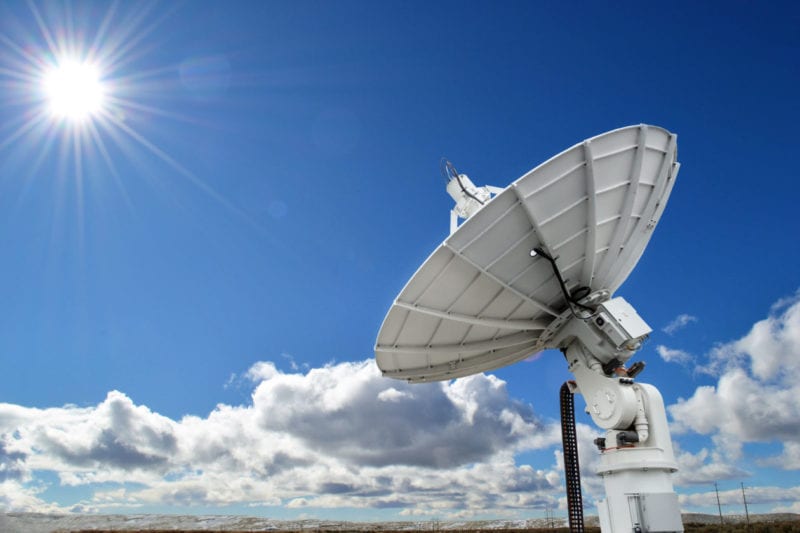Latest News

Photo: AWS
Amazon Web Services launched the general availability of AWS Ground Station, a new service to help customers control satellites from AWS and download data from satellites into AWS Global Infrastructure Regions, using a fully managed network of ground station antennas located around the world. Once customers upload satellite commands and data through AWS Ground Station, they can quickly download large amounts of data over the high-speed AWS Ground Station network, immediately process it in an Amazon Elastic Compute Cloud (Amazon EC2) instance, store it in Amazon Simple Storage Service (Amazon S3), apply AWS analytics and machine learning services to gain insights, and use Amazon’s network to move the data to other regions and processing facilities.
Customers pay for antenna access time on demand, and use AWS Ground Station’s growing global footprint of ground stations to downlink data when and where they need it. These ground stations are also located in close proximity to AWS Regions around the world, so customers can store, process, and analyze the data locally, rapidly gain insights, and then quickly take action.
“Satellite data offers customers a profound way to build applications that help humans explore space and improve life on Earth, but the cost and difficulty of building and maintaining the infrastructure necessary to downlink and process the data has historically been prohibitive for all but the most well-funded organizations,” says Shayn Hawthorne, General Manager, AWS Ground Station. “The goal of AWS Ground Station is to make space communications ubiquitous and to make ground stations simple and easy to use, so that more organizations can derive insights from satellite data to help improve life on Earth and embark on deeper exploration and discovery in space. Customers can rely on AWS Ground Station’s global footprint to downlink data when and where they need it, get timely data, and build new applications faster based on readily available satellite data, without having to buy, lease, and maintain complex and expensive infrastructure.”
Get the latest Via Satellite news!
Subscribe Now